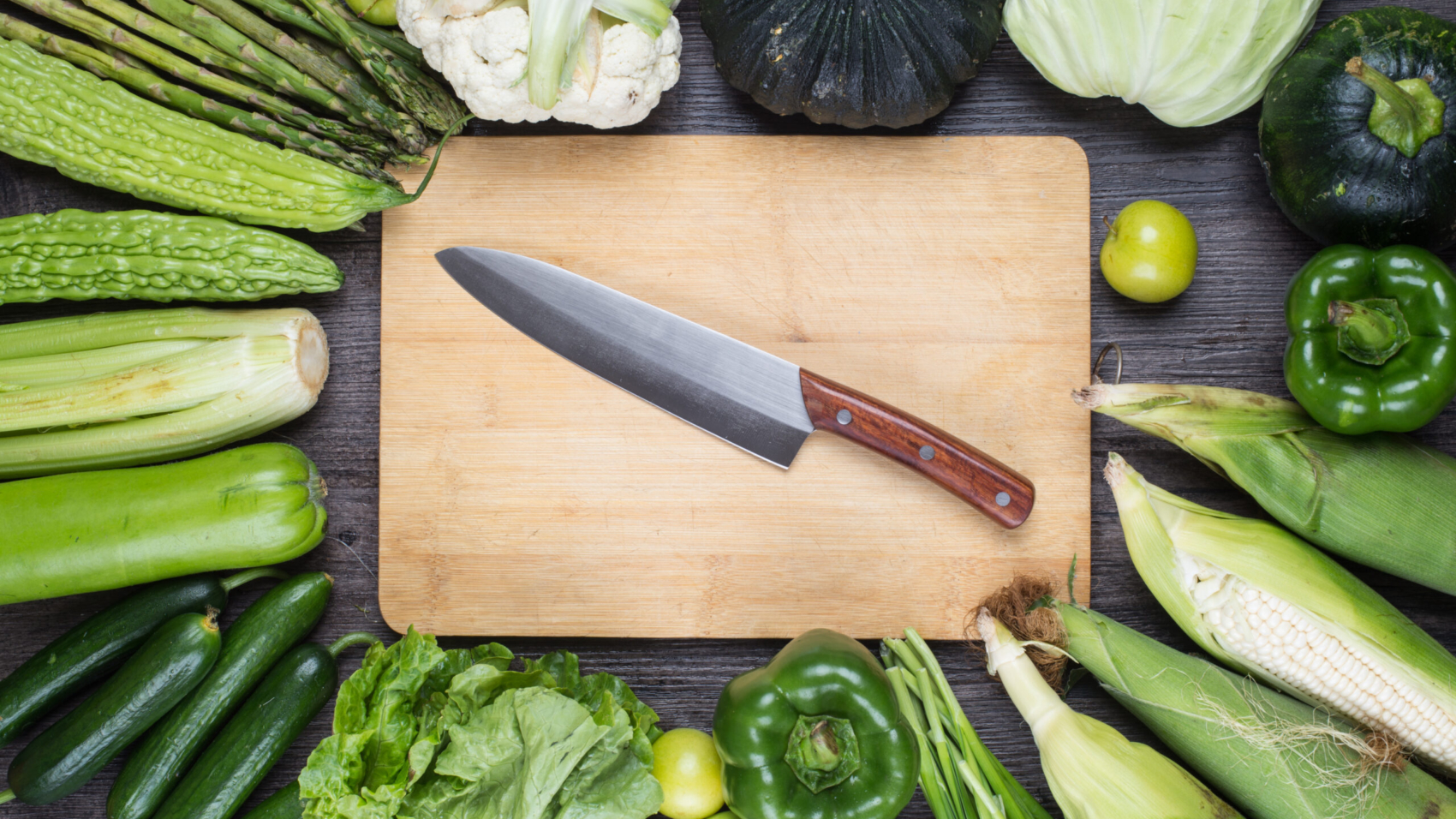A great knife set is the cornerstone of any well-equipped kitchen. Whether you’re a professional chef or a home cook, choosing the right knife set can make all the difference in your cooking experience. In this guide, we’ll explore how to choose the right knife set, the different types of knives included, and essential tips for maintaining them.
1. Why Invest in a Quality Knife Set?
A high-quality knife set offers several benefits:
- Efficiency: The right knife makes prep work faster and easier.
- Precision: Each knife is designed for a specific task, ensuring clean cuts and better presentation.
- Durability: A good set, when properly maintained, can last a lifetime.
- Safety: Sharp knives are safer than dull ones, as they require less force and reduce the risk of accidents.
2. Essential Knives in a Standard Knife Set
Here’s a breakdown of the must-have knives typically included in a set:
- Chef’s Knife: The most versatile knife, ideal for chopping, slicing, and dicing.
- Paring Knife: Perfect for small, precise tasks like peeling and trimming.
- Bread Knife: Features a serrated edge for slicing through crusty bread or cakes without crushing them.
- Utility Knife: A medium-sized knife that bridges the gap between a chef’s knife and a paring knife.
- Carving Knife: Long and slender, used for slicing cooked meats like roasts or turkey.
- Boning Knife: Narrow and flexible, ideal for deboning fish, poultry, or meat.
- Santoku Knife (Optional): A Japanese-style knife with a shorter blade, great for precision slicing and dicing.
- Steak Knives: Often included for serving at the table, these are sharp and serrated for cutting through meat.
3. Additional Tools in a Knife Set
Some knife sets come with useful extras, such as:
- Kitchen Shears: Multipurpose scissors for snipping herbs, cutting poultry, or opening packaging.
- Knife Sharpener: Essential for maintaining sharp edges.
- Storage Block or Magnetic Strip: Keeps knives organized and protects their blades.
4. Factors to Consider When Choosing a Knife Set
When selecting a knife set, keep the following in mind:
a. Blade Material
- Stainless Steel: Durable, rust-resistant, and easy to maintain.
- High-Carbon Steel: Retains sharpness longer but requires regular maintenance to prevent rust.
- Ceramic: Extremely sharp and lightweight, but prone to chipping if not handled carefully.
b. Handle Design
Look for a handle that feels comfortable and secure in your hand. Popular materials include wood, plastic, and metal.
c. Weight and Balance
The knife should feel well-balanced and not too heavy or too light for comfortable use.
d. Number of Knives
Consider your cooking habits. If you’re a beginner, a smaller set with just the essentials might suffice. More advanced cooks might prefer a comprehensive set with specialty knives.
e. Price and Warranty
While good knives can be an investment, they are worth it for their longevity. Check for warranties or guarantees from the manufacturer.
5. Knife Maintenance Tips
Proper care ensures your knives stay sharp, safe, and effective:
- Hand Wash Only: Avoid putting knives in the dishwasher, as the detergent and high heat can damage blades and handles.
- Use a Cutting Board: Always use a wooden or plastic cutting board to avoid dulling the blades.
- Sharpen Regularly: Use a sharpening stone, honing rod, or electric sharpener to maintain the edge. Aim to hone your knives every few uses and sharpen them every 3–6 months, depending on usage.
- Store Safely: Use a knife block, magnetic strip, or blade guards to protect the blades and prevent accidents.
- Avoid Cutting Bones or Frozen Foods: This can damage the blade or cause it to chip.

